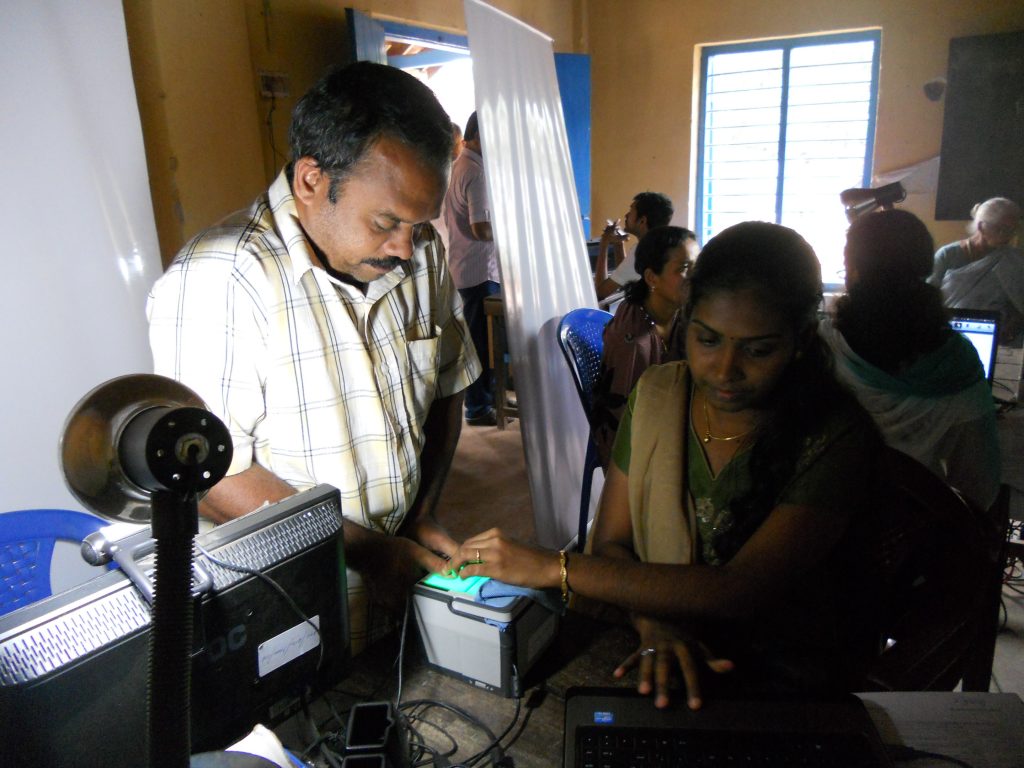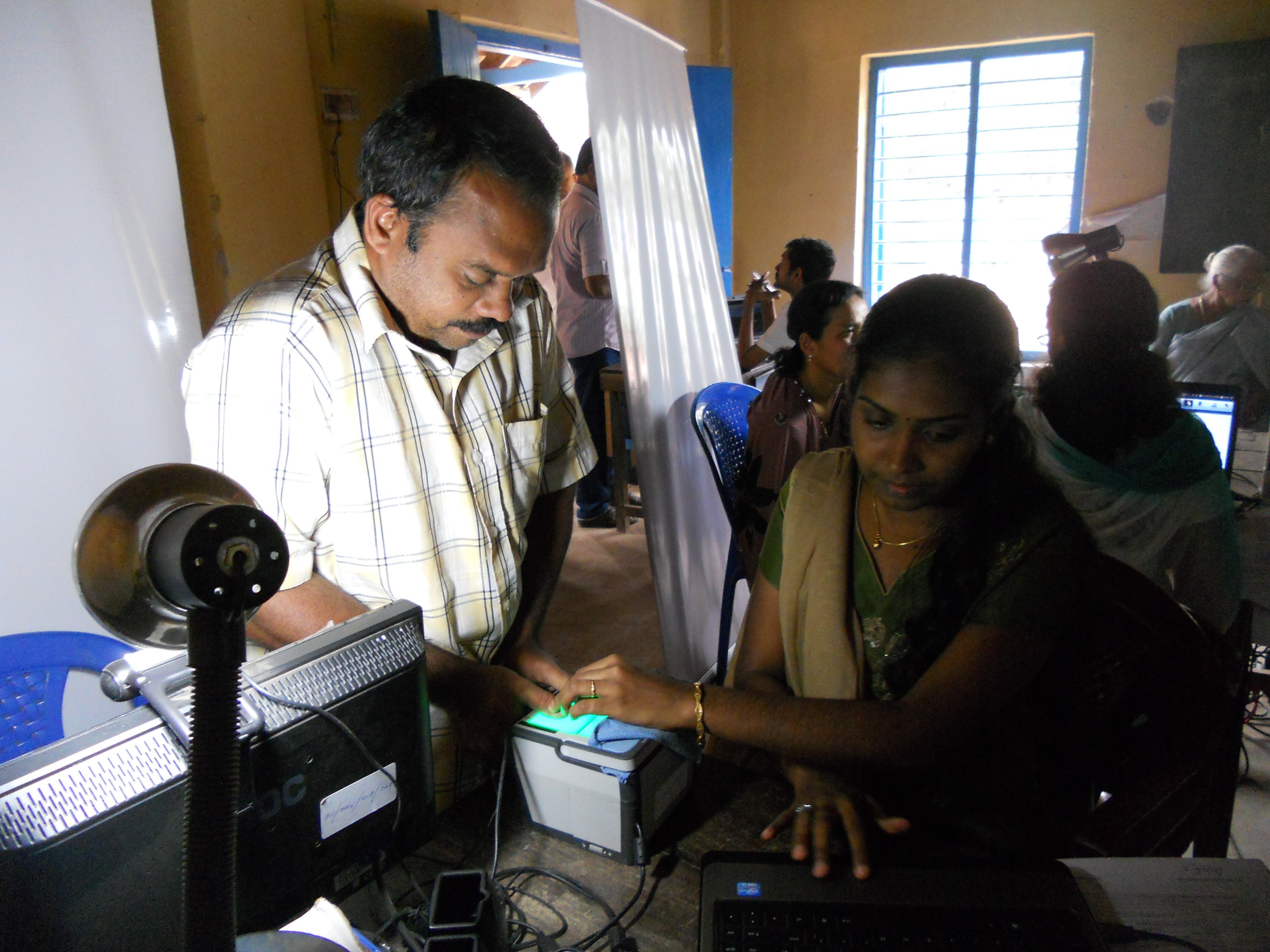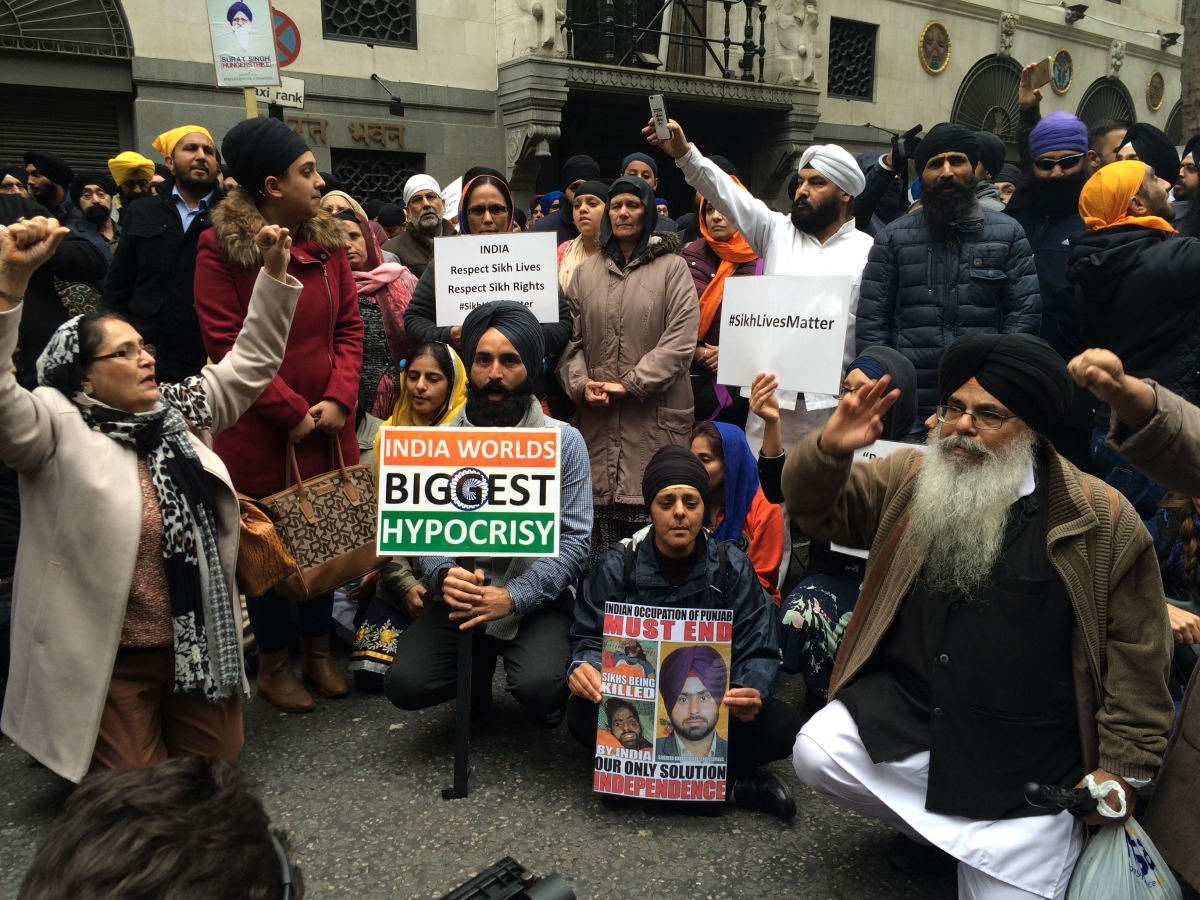By: Kathleen Wilson

Approximately 1.27 billion people, comprising almost 17 percent of the world’s population, live in the Republic of India. The World Bank estimates that approximately 30 percent of India’s population falls below the poverty line of $1.25 per day; however, other economists project this poverty rate to be closer to 67 percent when measured with a poverty line adjusted for India’s standard of living. In 2010, the Indian government spent $28.6 billion on social programs such as food distribution and health insurance initiatives aimed at alleviating poverty. However, without a standard way to identify people in need of these services and track the efficacy of the programs, corruption and inefficient dispersion of goods and services often occur. As a result, India’s poverty is persistent and multi-generational.
India’s poverty cycle could be broken by the creation of a new database through the UID (Universal ID) program, also known as the Aadhaar. The program’s main objective is to improve the delivery of government services, increase voter turnout, and reduce corruption by providing every citizen of India with a government-issued identity. Each person who enrolls in the program must provide a biometric scan of his or her fingerprints and irises in order to receive a 12-digit ID number. Each individual’s biometric data is uploaded to a national system and cross-referenced with every other individual’s data to ensure there is no replication. To protect against individual privacy, the Supreme Court of India has ruled that a person’s biometric data cannot be shared with third parties or other agencies without the consent of the registered person.
More than 600 million Indians have registered for a UID since its launch in 2009. This registration is significant because, prior to the UID system, fewer than 30 percent of Indian households had even one resident with any form of identification. Although it is not mandatory, the potential benefits of using the UID system are enormous. Each person’s ID would be connected to a bank account, affording him or her access to credit markets that poor people usually cannot use, thus allowing the poor to also develop a credit history. Increased access to credit for the poor has been correlated with positive GDP growth. Furthermore, government stipends to impoverished families would no longer risk being siphoned by government intermediaries; rather, these stipends could be deposited directly to each individual’s bank account. In addition, the UID system could help India’s government track the finances of each household, develop a better tax-collection system, and assess which citizens are most in need of public goods and services.
Aside from its financial benefits, the UID also has many other practical applications. By assigning one UID per person, the potential for voter fraud would be greatly reduced. The system could also be used to integrate medical records across the nation, creating one comprehensive file for each medical patient. Similarly, schooling records could be created for each student, allowing for a seamless transition when students switch schools or move. Since 75 percent of Indians have cell phones, they could also access all of these records with their cell phones.
Naturally, the UID has received many criticisms regarding its feasibility and security. Although program registration has been in effect since 2009, little progress has been made in the implementation of many of the program’s promised financial aspects. Thus, while 600 million registered Indians have received their 12-digit identification number, the Indian market has not yet integrated these numbers into daily transactions. There is also a fear that the efficacy of the UID system will continue to be severely limited in the areas of India that lack the infrastructure to support debit cards and other UID-related technologies. In addition, while 50 percent of India’s population has already enrolled in the program, in some of the southern states where welfare benefits are already routinely distributed, the poor would rather continue receiving in-kind transfers over cash.
Furthermore, the majority of the system has been outsourced to American and French IT companies, a fact that has produced much concern among the public, given the recent breach of the United States’ security with the Snowden leaks. Although the Indian government promises that the biometric data and associated information are heavily encrypted, the fear of a cyber-attack still looms. As the program is eventually estimated to receive 1 million enrollments per day, India’s technological capability to handle such large amounts of data has been called into question.
As India undergoes its general election cycle from April 7 to May 12, the UID program has been the topic of many parliamentary debates. While many see the program as a means of revolutionizing India’s economy and breaking the cycle of poverty, prime ministerial candidate Narendra Modi sees it as nothing more than a “political gimmick without vision.” Modi, a member of the Bharatiya Janata Party, which is likely to win the election, has also questioned the cost and security of the program and spoken of doing away with the program if he were to come to power. Amid the increasingly polarized debate over the UID, suggestions that the program be temporarily suspended continue to grow. The most important question remains: is this much technological integration a potential infringement on Indians and their security, or is it just what India needs?


